Recent Lessons
-
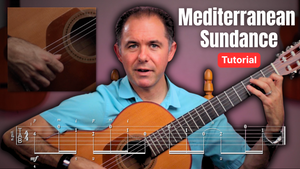
How to Play "Mediterranean Sundance" Intro | Flamenco Guitar Lesson (Intermediate Lesson)
-
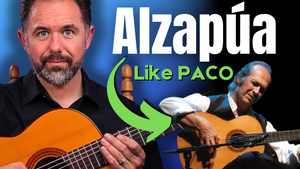
🔥 Master Alzapúa: The Secret Flamenco Guitar Technique from "Entre Dos Aguas" 🔥| (Lesson #9)
-
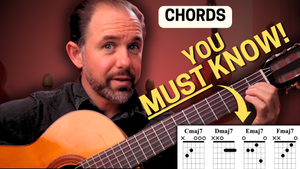
Flamenco Guitar Chords Made Simple – You MUST Know
-
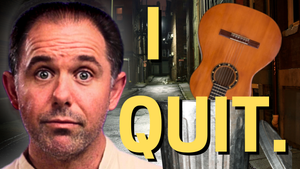
Five Reasons You’re STUCK Progressing on Flamenco Guitar | Guitar Tips & Techniques
-
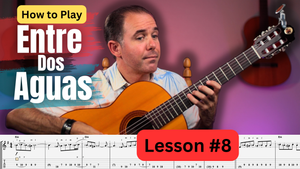
How to Play Entre Dos Aguas (Lesson #8) | The "Pinky Finger Killer"
-
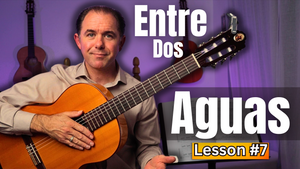
How to Play "Entre Dos Aguas," by Paco de Lucía (Lesson #7) || Flamenco Guitar Tutorial

Flamenco4U Podcast
Discover the cultural heritage of flamenco, and explore the flamenco guitar in a way never done before in a podcast with your host Ben Stubbs.






